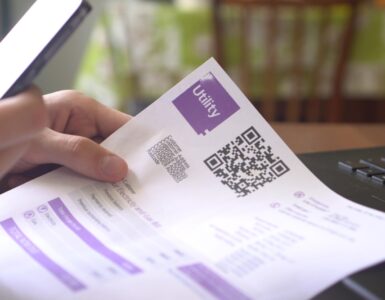Low interest rates and expensive fees are two things most customers hate from traditional checking accounts. Today, there are many online-only accounts that come with no fees. Interest rates for these accounts can be as much as 25 times higher than traditional savings accounts, which can help families keep the money their bank would otherwise take.
If your bank has locations all over town, take a guess how they pay for those locations. It’s by charging customers bank fees. Being completely transparent, there will be some inconvenience because online banks do not rely on storefront and bank tellers to do transactions. But they pass all those savings to you. Here is how it works:
Features of new checking accounts
Checking accounts today can offer unique perks to its customers. One important perk online banks sometimes offer is free access to ATMs. You may know that withdrawing money from online accounts often comes with a fee. This is because the online bank must pay brick and mortar institutions in order to access their ATM network.
The more aggressive accounts might also offer rewards for purchases made with a debit card. Rewards can save consumers up to $100 a year. This benefit is often not available in traditional brick and mortar institutions.
Checking accounts often offer more than just transactional services. You can invest with them as well. The minimum investment can be as low as $10. You can search today’s rates of return for savings and retirement accounts here.
What about interest rates?
Online checking accounts often come with high interest rates. In some cases, customers can get as much as 25 times more money from interest than they would with a traditional bank account. Some brick and mortar institutions do offer comparable rates, but they are only available to certain customers with high balances.
For example, Wells Fargo offers a premium savings account that comes with 2.15 percent annual interest rate for the first twelve months. However, customers must maintain a balance of at least $25,000 to qualify for the promotional rate.
Maurie Backman from The Motley Fool reports that over 40 percent of households do not have $400 in cash at hand. Also, according to a report by the Federal Reserve’s Survey of Consumer Finances, the median savings account balance is $8,100. This means most families do not have enough cash to enjoy these promotional rates.
In contrast, online checking accounts offer high interest rates regardless of balance. For example, Simple’s Checking and Budgeting account offers an annual interest of 2.02 percent regardless of how much money is placed in the account.
How to switch
According to a 2017 Bank Finder Report, the average account holder pays $330 each year in fees. By searching for active promotions, you can pay between $0 and $120 in fees, depending on what’s available at the moment. Checking regularly for three months will almost surely reveal the range of all promotions for a given area.
If you’re ready to switch, you can get started with just an email account to search offers. Then, each bank will ask for other details, such as social security number. Many are restricted to U.S. citizens or permanent residents.
To protect customers from identity theft, banks also have a second step that involves several questions designed to determine whether the person creating the account is who they say they are. If the system is unable to verify the identity, an additional step must be completed.
At most, applicants will need a picture of both a primary and secondary government identification document, such as a driver’s license and bank statement. Once these documents are submitted, the bank will take up to three days to verify the information and activate the account.




